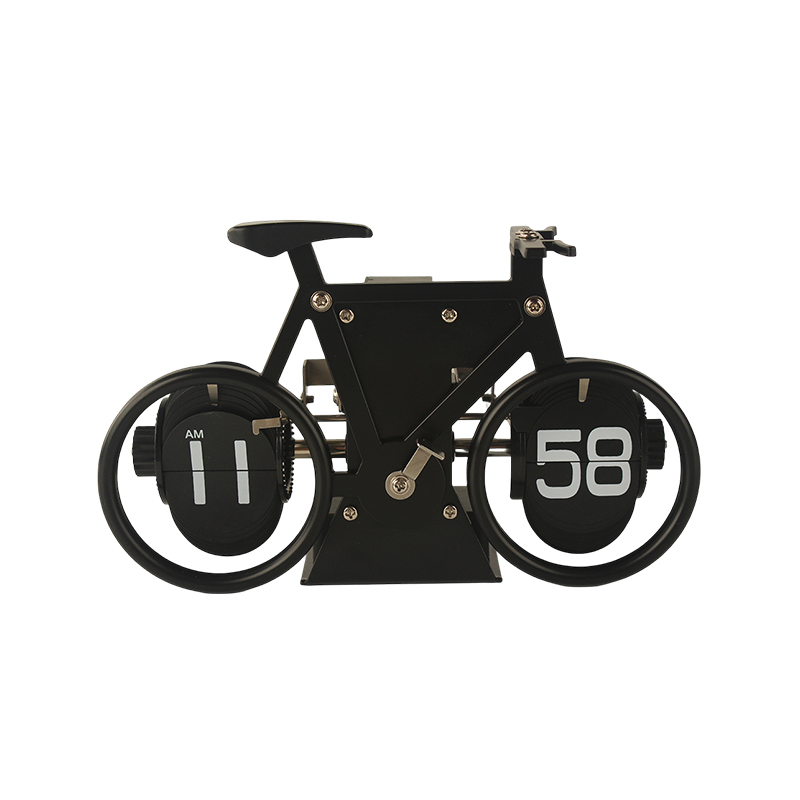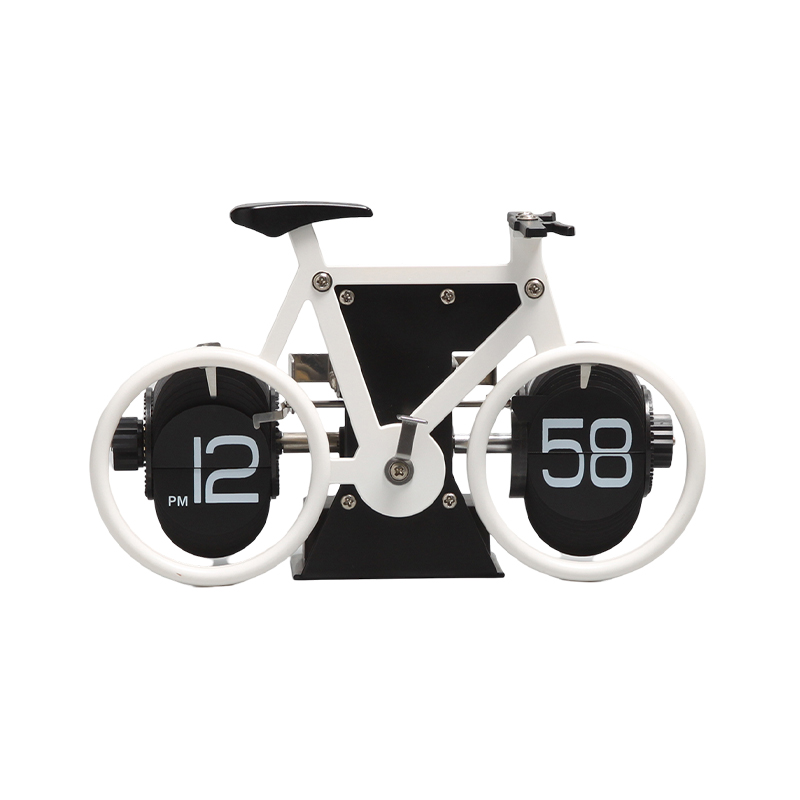How to optimize the meshing clearance of gear pairs in a gear clock to reduce noise?
Release Time : 2025-09-03
In the precision construction of a gear clock, the meshing clearance of the gear pair is a key factor affecting operational quietness. Excessive clearance can cause sharp impact during gear meshing, resulting in high-frequency vibration and harsh noise. Excessive clearance can lead to tooth sticking due to thermal expansion or deformation under stress, producing a persistent low-frequency friction sound. Optimizing gear meshing clearance requires a coordinated approach encompassing multiple dimensions, including design logic, machining accuracy, assembly process, material properties, lubrication mechanisms, and dynamic adjustment, to achieve low noise and high stability in long-term gear clock operation.
During the design phase, a reasonable clearance model should be constructed based on the transmission characteristics of the gear clock. Spur gear transmissions require a slightly larger clearance to cushion impacts due to their fixed meshing line and concentrated impact points. Helical gears, with their high contact ratio and continuous meshing line, can accommodate a smaller clearance for improved stability. By adjusting the addendum and root heights of the teeth, the meshing line length can be optimized, resulting in more even load distribution and, therefore, reduced peak forces on individual teeth while maintaining the same clearance. For example, positive gearing can increase the tooth tip engagement line segment, reducing the impact during engagement and disengagement; negative gearing, by shortening the tooth tip height, reduces tooth surface sliding friction, indirectly suppressing noise generation.
Machining accuracy is the fundamental basis for optimizing clearance. Gears in gear clocks undergo high-precision grinding or honing processes to maintain extremely low tooth surface roughness, preventing microscopic impacts caused by surface irregularities during engagement. Deviations such as tooth profile error, tooth pitch error, and gear ring radial runout can amplify actual clearance fluctuations and must be limited to micrometers using precision machining equipment and closed-loop control systems. Tooth profile modification technology can micro-reduction the tooth tip or root, eliminating interference points during engagement and ensuring smoother contact. Tooth profile modification, through crowning or tooth tip thinning, compensates for axial gear deformation, ensuring uniform tooth contact and preventing noise caused by local overload.
The assembly process requires an adjustable mechanism to dynamically compensate for clearance. The center distance adjustment method uses eccentric sleeves or fine-tuning screws to change the gear installation position, allowing precise control of meshing clearance during assembly. The two-piece gear staggering method uses spring preload to offset the tooth sides of the two gears, eliminating backlash through complementary action while retaining a certain elastic buffer space. The axial shim adjustment method increases or decreases the thickness of the shim between the gear end face and the shaft shoulder to compensate for wear or tooth thickness errors, maintaining long-term clearance stability. These methods actively adapt to clearance changes through mechanical structure, avoiding the dynamic performance degradation caused by fixed clearance.
Material selection and heat treatment processes have a profound impact on clearance stability. High-stiffness materials can reduce gear deformation under stress and minimize clearance variation; high-damping materials can absorb vibration energy and suppress noise transmission. For example, in light-load, low-speed gear clocks, plastic gears can reduce impact noise through their inherent elasticity, but the compatibility of their thermal expansion coefficient with metal gears must be carefully considered. Heat treatment processes must ensure uniform gear hardness to avoid deformation caused by residual stress. After quenching, tempering is required to eliminate internal stress and prevent gear clearance changes due to stress release during long-term operation.
Lubrication is a supplementary means of optimizing clearance. A suitable lubricant forms a stable oil film on the tooth surface, transforming direct metal contact into fluid friction, significantly reducing friction and wear. High-viscosity lubricants can better fill gaps and suppress vibration transmission; lubricants containing additives can enhance tooth load capacity through extreme pressure properties, extending gear life. The lubrication method should be selected based on the operating environment of the gear clock. Oil bath lubrication is suitable for confined spaces, while grease lubrication is suitable for open structures to avoid dry friction in the gap caused by lubricant loss.
Dynamic testing and continuous optimization are the ultimate guarantee for ensuring appropriate clearance. Vibration spectrum analysis can identify the characteristic frequencies that cause clearance anomalies and locate problematic gear pairs. Acoustic testing can visually assess noise levels and guide clearance adjustment. Long-term operating data can be fed back into the design process to drive iterative upgrades of gear parameters and clearance standards. For example, a high-end gear clock brand established a noise database and discovered a linear relationship between noise and temperature within a specific gap range. This led them to develop a temperature-adaptive gap compensation mechanism, enabling the product to maintain low noise despite temperature fluctuations. This closed-loop optimization system, from design to use, is the core logic behind achieving quiet gear clock operation.







